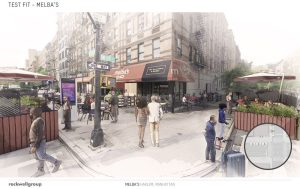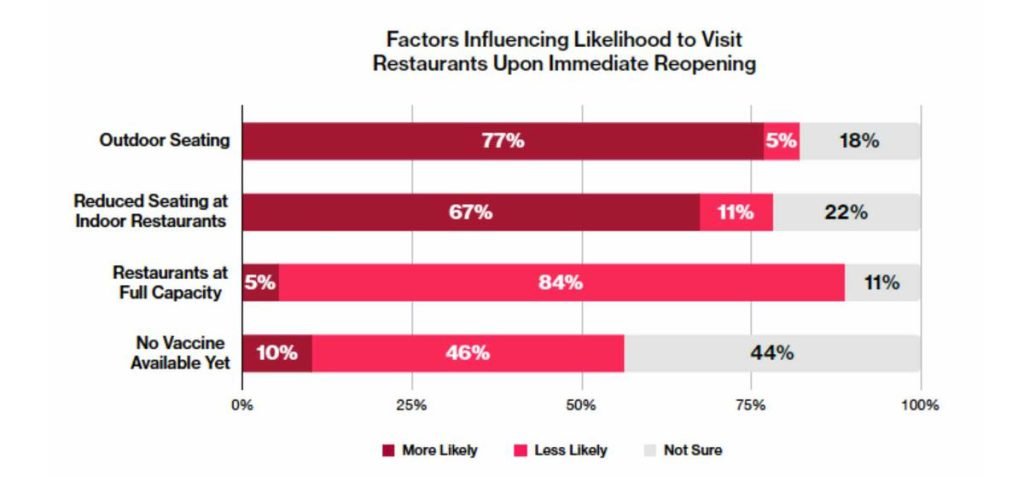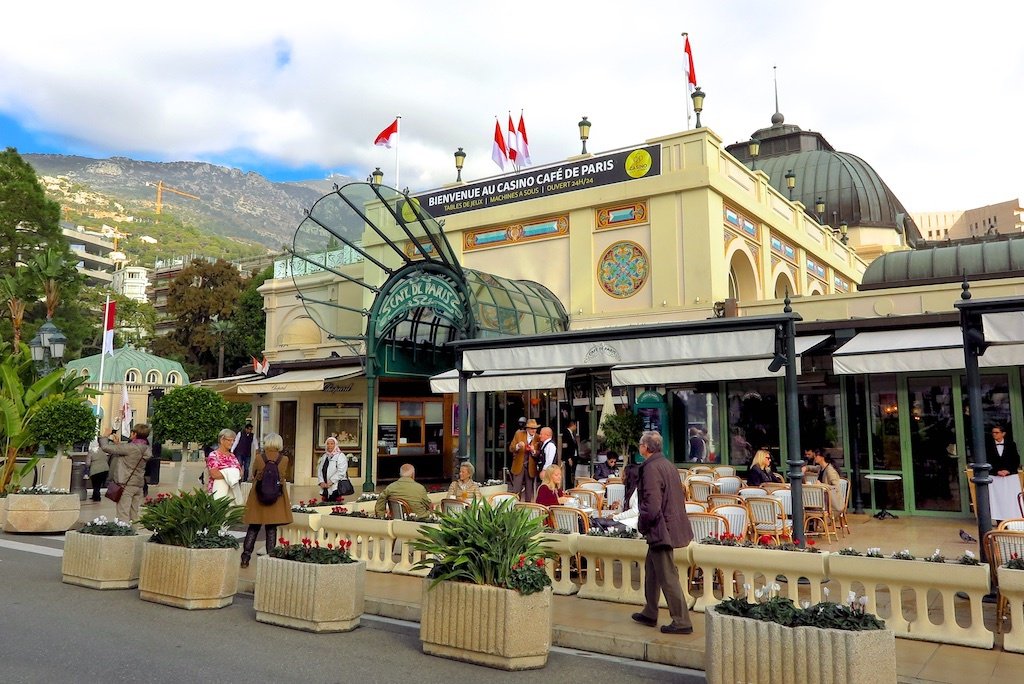More than half of the world’s population lives in cities, and one in eight city residents live in one of 33 “megacities” with more than 10 million inhabitants. Never have cities been tested as they have by the COVID-19 pandemic. Only through the collective efforts of governments, the private sector, non-governmental organizations (NGOs) and the public—and through the harnessing of transformative technologies and enlightened policies—will we be able to protect and realize the true potential of cities and rebuild their economies. A briefing by the World Economic Forum’s expert network, in partnership with the Lee Kuan Yew Center for Innovative Cities at the Singapore University of Technology and Design explores a number of critical issues for cities.
This is the first of a series of perspectives on the “Future of Cities” and how they can achieve a ”better normal.” In this introductory installment, I explore the integral role that the restaurant industry has on societal and economic health, and the infrastructure of cities. I chose this subject first because restaurants can execute the fastest pivots, implement the quickest innovations in thinking and service, and for those of us living in cities, the collective community support that will enable these business owners to serve and employ their constituents and resume their role as the engine that drives 5 percent of GDP, 11 percent of total employment and 13 percent of household expenditures.

I live in New York City, so let’s begin there. The Open Streets Program is a major effort to allow New Yorkers to get some fresh air while social distancing during the pandemic. As of June 29, the city has opened up 67 miles of streets to pedestrians, the most of any city in the United States. For the summer months, some of these open streets will operate as “Cool Streets,” with blocks of tree-based shade and fire hydrants that are part of the New York Parks Department’s Cool It! NYC program, installing spray caps on fire hydrants to provide cooling and recreation to city residents. Open Streets will connect with the outdoor restaurants initiative to encourage safe, socially distanced waterplay and casual outdoor dining.
The impact of these two related programs on restaurants is pivotal to reopening safely and saving this industry. “Open Streets is literally going to save the city”, says John Clement, the owner of Clem’s, a bar on Grand Street in Brooklyn, New York. He is one of the hospitality industry owners who have been begging New York City officials to vastly expand the program. The initiative is not a simple one. It took multiple agencies—the Department of Transportation, the Economic Development Corporation, the Office of Nightlife and Small Business Services—all working together with input from restaurant owners to develop the plan.
New York is not alone. Many European cities already follow a model of outdoor seating. They too are seeing an expansion of open-air spaces. The Lithuanian capital of Vilnius, for example, recently pledged to open much of its public space to restaurants. Since the announcement, the city’s central Cathedral Square has transformed into a dining plaza and restaurants have spilled into the streets, setting up café tables in nearby parks and parking lots.

There is an economic imperative to do this now. For cities like New York that do not have the luxury of year-round mild weather, if we don’t help the restaurant industry get back on its feet between now and October, it will be too late. Simply put, when the weather turns cold, the chance to help will be gone.
To both safely open for business and generate sufficient revenue to pay their bills, restaurants cannot rely on their inside spaces. Social distancing requirements are economically viable for restaurants only if diners can be seated outside. The numbers simply do not add up to sustain a restaurant staff’s salaries and other expenses while operating at 25 percent capacity. Even the next phase of government-sanctioned operations, at 50 percent capacity, would still be challenging. But with the added volume afforded by outdoor seating, a restaurant can get to 80 percent capacity, at which point it is economically possible to open.
We can learn from other cities. There are places where the concept of closing areas of streets to create temporary seating which can easily be removed has been part of economic life for years. In Monte Carlo, the town’s restaurants install sidewalk seating and on-road platforms to create outside dining space, all of which is removed during the month of May for the Monte Carlo Grand Prix which is raced over the streets of the town.
Sidewalks, parking spaces and parts of streets are all options being tried in U.S. cities so that diners can sit outside. Architects and building firms are quickly putting together templated kits designed so that restaurants can use them to convert outside space into defined seating areas.

In May, Zagat partnered with the James Beard Foundation to create the first Future of Dining Survey to get a sense of consumers’ interests, habits and concerns around the impact of the coronavirus pandemic on restaurants and dining. The study recorded 6,775 responses; 83 percent of those who were “not immediately comfortable with returning to restaurants” said that they would be more comfortable with social distancing measures and restaurant staff wearing masks. Overall, respondents said that outdoor seating would increase their likelihood of returning to restaurant dining. Responders went further by stating that restaurants with full capacity indoors would be a major deterrent. Outdoor seating was stated as the number one factor that may increase the likelihood of consumers dining out upon immediate reopening.
Graph from the Zagat’s Future of Dining Study

Adam Rogers in Wired reports, “Public health experts think COVID-19 risk is lower outside, and restaurateurs want to fill tables. It’s an easy solution—except for all the hard parts.” He continues, “Restaurants already operate on the thinnest of margins, packing in as many people as possible while still allowing cooking and serving to happen, and ideally not compromising the ambience.”
Many restaurant owners are hoping that cities will give them more space by taking it away from cars. That would include “parklets” that replace street side parking. These require strong barriers around their perimeter and a floor surface built level with the sidewalk, because streets often slope downward toward curbs to redirect rainwater into gutters. This suggests that the best plan might be to forget about piecemeal parklets and just close streets altogether. Pedestrian-only plazas are common in many other parts of the world but less so in American cities where, for the past one hundred years, the car has been king. Perhaps now is the time to rethink how, when and where we use our cars to allow for cities to open their streets for economic recovery.
We, the consumers living in America’s cities, can help here. If we are healthy, and not caring for an elder or a family member with compromised health, each of us can get out into the community and support the restaurant industry. As cities provide open streets for safe outdoor seating for restaurants, it is us, the consumers, who will help ensure they remain woven into the fabric of our communities.







